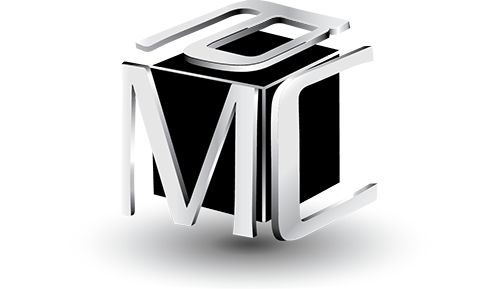Strategy-Driven Organization Development:
Strategy-Driven Organization Development:
HR’s Opportunity to Shine
Michael Couch
President
Michael Couch and Associates Inc.
Pittsburgh, PA
The data is clear – for HR to be seen as a collaborative business partner, to be seen as playing a strategic role, it is critical that the function and it’s leaders demonstrate a clear understanding of business strategy and the implications that the strategy has on the organization’s talent.
Here’s the facts:
- Five of the Top 10 challenges for the near future identified by CEO’s in a recent Conference Board survey dealt with the capability, capacity, and effectiveness of the organization’s talent.
- Seventy five (75) per cent of the executives in DDI’s Global Leadership Forecast selected “Talent” as their number one concern for the future, over the perennial concerns related to growth, customers, costs, and quality. Fifty five (55) percent of the executives felt that their businesses will suffer as a result of talent issues.
Answering this call to action requires HR to consider more than just “managing” talent. It requires an approach to developing the capability of the organization, an approach that I’ll call Strategy-Driven Organization Development (SDOD). Strategy-Driven OD is a process that permits a company to:
- Translate business strategy into organization and talent demands,
- Assess the existing organization capability and compare it against the strategic requirements, and
- Address capability gaps in a fashion that provides the greatest impact on business results.
Describing the SDOD process and its role in strategic talent management would take more space then we have here. Instead, I’ll focus on keys to success for HR.
The front-end work in the SDOD process requires more than trying to simply “align” talent with strategy. To make a difference, HR has to be in front of the business curve and begin to forecast talent demands that will make a difference not only now but, most importantly, in the future.
There are many ways to do talent forecasting. However, the real key to success at this phase is not the process, but the capability of the Internal HR Consultant doing the translation.
HR must have a broad and deep knowledge of the business to be able to adequately translate strategy into talent demand. “Internal Consultants” have to be out of the office, attending business meetings and participating in projects that may have nothing to do with HR but have everything to do with building relationships and perspectives. In fact, their offices should not be in HR but should be co-located with their internal customers. They need to be planning and completing specific networking activities, just like an outside consultant must do to build relationships and business knowledge. If the business is too large and complex to understand at a level to forecast talent, then the HR should break the business into manageable “territories” and assign HR Consultants to a specific business unit.
Ideally, internal HR Consultants should have spent time out of HR in their careers, specifically in roles with line or line-like responsibilities. They should have been in business processes or functions that impact customer requirements so they have a clear understanding of the company’s value proposition in the market place and how that value is delivered.
Forecasting and measuring the impact of talent initiatives requires excellent analytic capabilities. HR professionals should not be math-challenged and should be comfortable around spreadsheets (at the formula and modeling level), statistics and measurement. They should be comfortable with financials – not budgets and budgeting but at a level where they can analyze and describe the link between the companies “intangible” assets and shareholder value. They should be able to understand a strategy map and the concomitant dashboard of measures.
Effective Strategy-Driven Organization Development requires the use of competency models to define required capabilities, to assess current capabilities, to identify and select talent and to organization and prioritize development plans. For competency models to make a strategic difference, they should be built not on what successful talent exhibited in the past but on what will assure success in the future. These must not be descriptions of typical performance but models of exceptional performance that will drive improvement and talent development. HR cannot develop the competency models in isolation, but must work with High Po’s (future business leaders) and High Pro’s (future technical leaders) who can easily see what knowledge, skills, and abilities make a difference in the strategy. HR should facilitate the process with these High Po’s/Pro’s to complete the translation.
Obviously, this assumes that HR has a process in place to identify High Po’s and High Pro’s. Valid assessment tools are critical along with a formal process to engage the company’s leadership in a meaningful discussion of talent on a regular basis, tied to the business planning cycle. The leadership must be given a way to conceptualize the organization’s capability, to develop a consensus on capability, and to take ownership of continuously improving the performance of this asset.
Forecasting is never 100% accurate so building an organization that has the capacity to handle change is just as important as knowing which specific skills will be needed. Understanding and measuring change capacity is a hallmark of SDOD and should be at the heart of the overall talent process.
Finally, in the talent challenge, HR must be effective project leaders and participants. They must be able to evaluate the ROI of projects and prioritize them against strategic criteria. (There’s that analytic ability again.) They must be able to take the results of the gap analysis, define and plan projects, measure and analyze project data, implement recommended actions, and establish controls to assure that the project achieved the desired results. (BTW, one of the best ways to learn this is to volunteer for a project outside of your area of expertise that is being led by a top-notch project leader. The talent assessment process should point out those leaders.)
The call to action is clear. Make sure you have the wherewithal to answer it.

